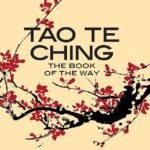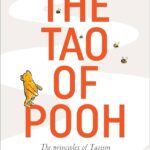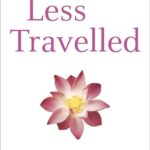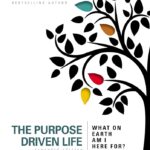Welcome to Thinkers Books, where we delve into literature and bring you thought-provoking summaries of influential works. Today’s focus is on a book that is a practical guide to finding tranquillity in a world that often seems overwhelming – ‘How To Be a Stoic’ by philosopher Massimo Pigliucci.
Pigliucci invites us into the world of Stoicism with this vibrant blend of history, philosophy, and personal anecdotes. The book explores how we can manage our reactions to events rather than trying to control the events themselves.
The book’s first part introduces us to Stoicism, its origins, and its major proponents, including Epictetus, Seneca, and Marcus Aurelius. Pigliucci describes how Stoicism can help us navigate life’s ups and downs with equanimity.
The second part delves deeper into the core principles of Stoicism. One such principle is the discipline of action, also known as Stoic philanthropy, which guides us on how we should interact with the world, suggesting that we should act with kindness and concern for others.
Pigliucci doesn’t advocate suppressing emotions but understanding them and using them productively. He provides practical techniques to help readers apply Stoic philosophy daily. The book also contains a memorable case study involving Pigliucci, showing that Stoicism is a choice open to everyone.
Here are the Top 5 learning points from the book:
- Stoic Philanthropy: The book emphasises the importance of community and mutual support. It encourages us to look beyond our individual needs and consider the welfare of others, promoting philanthropy as a central aspect of Stoic philosophy. This can manifest as acts of kindness, generosity, or simply understanding and empathising with others.
- Control and Choice: Pigliucci explains that understanding what we can and cannot control is crucial for maintaining tranquillity. We cannot hold external events but control our responses to them. Recognising this can free us from unnecessary stress and allow us to make choices that align with our values and contribute to our well-being.
- Virtue is Paramount: The book posits virtue as the highest good in line with Stoic philosophy. Goodness is about living ethically and morally, acting with integrity, and treating others with respect. By prioritising purity, we can lead fulfilling lives guided by principles rather than swayed by external circumstances.
- Emotional Understanding: Pigliucci guides readers through understanding and managing emotions from a Stoic perspective. Instead of suppressing emotions, we should acknowledge them and understand their root causes. This emotional intelligence can help us respond to situations more thoughtfully and maintain inner peace.
- Mindfulness: Finally, the book highlights the importance of being present in the moment. Mindfulness helps us appreciate the here and now, reduces anxiety about the future, and prevents us from dwelling on the past. It encourages us to live in the present moment and focus on what we can control.
‘How To Be a Stoic’ is more than just a book; it’s a compass for navigating life’s challenges. It brings ancient wisdom to the modern reader in an accessible and engaging way. Its strength lies in its practicality; it offers actionable advice and real-life examples that make Stoicism relevant today.
On a personal note, this book has transformed my perspectives, particularly on control and emotional understanding. It’s a reminder that while we can’t control every aspect of our lives, we can control how we respond to twists and turns.
As we conclude this exploration of ‘How To Be a Stoic,’ remember this: “Happiness and peace are within your reach, but you have to extend your hand.” As Pigliucci eloquently says, “We are the masters of our fate.” Let’s take these words to heart and strive to be the best versions of ourselves.
Thinkers Books invites you to continue seeking knowledge through our curated collection of book summaries. We hope these explorations inspire, challenge, and enrich your lifelong learning journey. Thank you for being part of our community of thinkers.







